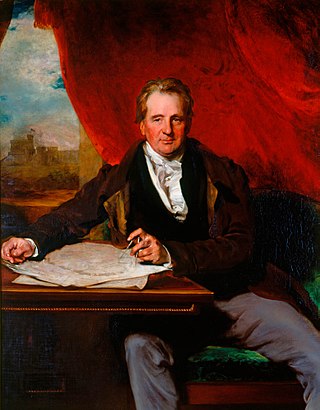Chapman codes are a set of 3-letter codes used in genealogy to identify the administrative divisions in the United Kingdom, Ireland, the Isle of Man and the Channel Islands.
A lord-lieutenant is the British monarch's personal representative in each lieutenancy area of the United Kingdom. Historically, each lieutenant was responsible for organising the county's militia. Lord-lieutenant is now an honorary titular position usually awarded to a retired notable person in the county.
England is divided by a number of different regional schemes for various purposes. Since the creation of the Government Office Regions in 1994 and their adoption for statistical purposes in 1999, some historical regional schemes have become obsolete. However, many alternative regional designations also exist and continue to be widely used.

The War Damage Commission was a body set up by the British Government under the War Damage Act 1941 to pay compensation for war damage to land and buildings and " 'Fixed' plant and machinery", throughout the United Kingdom. It was not responsible for the repairs themselves, which were carried out by local authorities or private contractors.
The 2003 Cheltenham & Gloucester Trophy was an English county cricket tournament, held between 29 August 2002 and 30 August 2003. The competition was won by Gloucestershire who beat Worcestershire by 7 wickets at Lord's.

Sir Jeffry Wyatville was an English architect and garden designer. Born Jeffry Wyatt into an established dynasty of architects, in 1824 he was allowed by King George IV to change his surname to Wyatville. He is mainly remembered for making alterations and extensions to Chatsworth House and Windsor Castle.

Giles Firmin Phillips (1780–1867) was an English artist and author. He painted landscapes and river scenes, primarily of the river Thames. His paintings were exhibited, among other venues, at the Royal Academy from 1836 - 1858. He is the author of several books on painting and lithography.
Isaac Slater was a British publisher of trade directories.
Provincial Grand Lodges are administrative subdivisions of a Grand Lodge. Under the jurisdiction of the United Grand Lodge of England, they are the regional governing bodies of Freemasonry in the England, Wales, the Isle of Man, and the Channel Islands.
Alexander Buckingham was one of the main organ builders in England during the early 19th century.
Samuel Leigh was a bookseller and publisher in 19th century London. His office stood on the Strand. From around 1806 to 1814 he conducted business with James Mathews in the partnership of "Mathews and Leigh." He also married Mathews' daughter. Leigh died by his own hand in 1831.
White's Directories were a series of directory publications issued by William White of Sheffield, England, beginning in the 1820s. White began his career in publishing by working for Edward Baines.
Edward Jones (1796–1835) was a Welsh-born architect and surveyor. He was a pupil of John Wallen, Architect and Principal Surveyor to London. Jones was influenced by Greek Revival Architecture.



